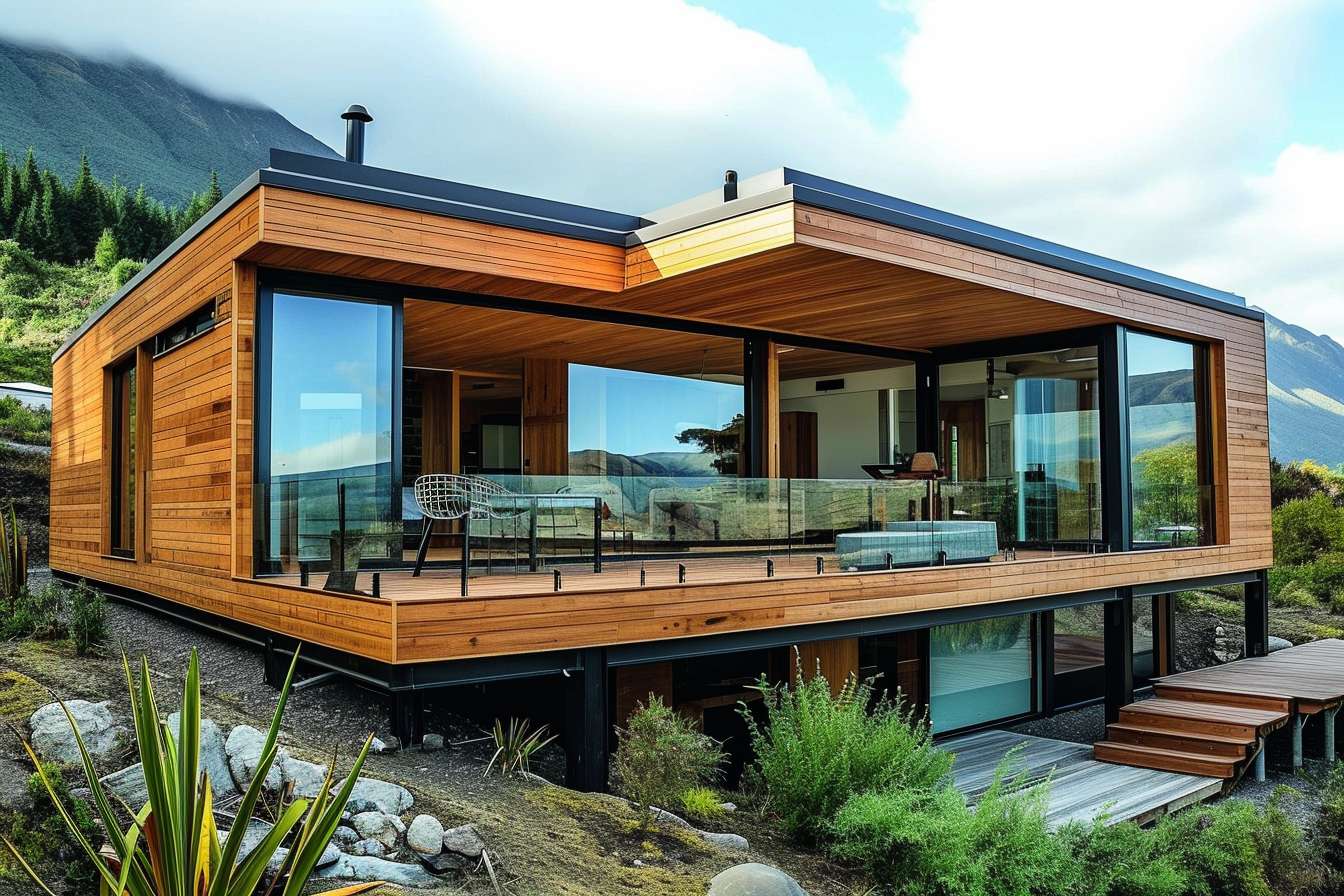Neuroarchitecture: Designing Spaces for Mental Wellbeing
Imagine stepping into a room where every element, from the ceiling height to the color palette, has been meticulously crafted to enhance your cognitive function and emotional state. This isn't a scene from a futuristic novel, but the emerging reality of neuroarchitecture – a fascinating blend of neuroscience and architectural design that's reshaping our understanding of how physical spaces impact our minds.

The Science Behind Neuroarchitecture
Neuroarchitecture is founded on the principle that our surroundings have a profound impact on our brain function and behavior. This isn’t just intuition – it’s backed by hard science. Researchers have used advanced neuroimaging techniques to study how different architectural elements affect brain activity. For instance, studies have shown that rooms with high ceilings can promote abstract thinking and creativity, while lower ceilings may enhance focus on detail-oriented tasks.
The field draws on various disciplines, including cognitive neuroscience, environmental psychology, and evidence-based design. It considers factors such as spatial layout, lighting, acoustics, and even air quality in its quest to create brain-friendly environments. By understanding how our brains process and respond to different spatial cues, neuroarchitects aim to design spaces that can reduce stress, improve mood, and even boost cognitive performance.
Key Elements of Neuroarchitectural Design
When it comes to implementing neuroarchitectural principles in home design, several key elements come into play. Lighting is paramount – natural light has been shown to regulate our circadian rhythms, improve mood, and enhance productivity. Neuroarchitects often prioritize large windows and skylights, and they may incorporate dynamic lighting systems that mimic natural light patterns throughout the day.
Color psychology also plays a crucial role. Cool blues and greens can promote calmness and concentration, while warmer hues like reds and oranges can stimulate creativity and social interaction. The careful use of color can help create distinct zones within a home, each optimized for different activities and mental states.
Spatial layout is another critical consideration. Open, flowing spaces can reduce stress and promote social interaction, while more enclosed areas can provide a sense of security and aid concentration. Neuroarchitects often design homes with a mix of both, allowing residents to choose the environment that best suits their current needs and activities.
Biophilic Design: Bringing Nature Indoors
A key component of neuroarchitecture is biophilic design – the incorporation of natural elements into built environments. This goes beyond simply adding a few houseplants. It involves integrating nature in more fundamental ways, such as using natural materials like wood and stone, incorporating water features, and even mimicking natural patterns in architectural elements.
Research has shown that exposure to nature, even in small doses, can reduce stress, improve cognitive function, and enhance overall wellbeing. In urban environments where access to green spaces may be limited, biophilic design principles can help bring the benefits of nature indoors. This might involve creating indoor gardens, using nature-inspired textures and patterns in furnishings, or designing spaces that maximize views of outdoor greenery.
Acoustics and Soundscaping in Neuroarchitecture
Often overlooked in traditional design, acoustics play a crucial role in neuroarchitecture. The way sound moves through a space can significantly impact our stress levels, ability to concentrate, and overall comfort. Neuroarchitects pay close attention to the acoustic properties of materials and spatial layouts to create soundscapes that promote wellbeing.
This might involve using sound-absorbing materials to reduce noise pollution, incorporating water features for their calming auditory effects, or even integrating subtle background sounds that have been shown to enhance focus and relaxation. The goal is to create an auditory environment that supports the intended function of each space within the home.
Personalization and Adaptability in Neuroarchitectural Spaces
While neuroarchitecture is grounded in scientific research, it also recognizes that individual responses to environments can vary. What’s calming for one person might be stimulating for another. As such, adaptability and personalization are key principles in neuroarchitectural design.
This might involve creating modular spaces that can be easily reconfigured, or incorporating smart home technology that allows residents to adjust lighting, temperature, and even scent to suit their current needs and preferences. The idea is to create homes that can evolve with their inhabitants, providing the optimal environment for wellbeing at any given moment.
The Future of Neuroarchitecture in Home Design
As our understanding of the brain-environment connection deepens, neuroarchitecture is poised to play an increasingly important role in home design. We may see the development of more sophisticated tools for measuring and predicting the neurological impacts of different design elements. This could lead to highly personalized home designs tailored to the specific neurological profiles of their inhabitants.
Moreover, as mental health and wellbeing continue to gain prominence in public discourse, the principles of neuroarchitecture may become more widely adopted in mainstream design practices. This could lead to a fundamental shift in how we approach home design, with mental wellbeing taking center stage alongside traditional concerns like aesthetics and functionality.
In conclusion, neuroarchitecture represents an exciting frontier in home design. By harnessing the power of neuroscience, we have the potential to create living spaces that not only look beautiful but actively contribute to our mental health and cognitive performance. As this field continues to evolve, it promises to transform our homes into true havens for the mind – spaces that nurture, inspire, and enhance our daily lives in profound ways.





